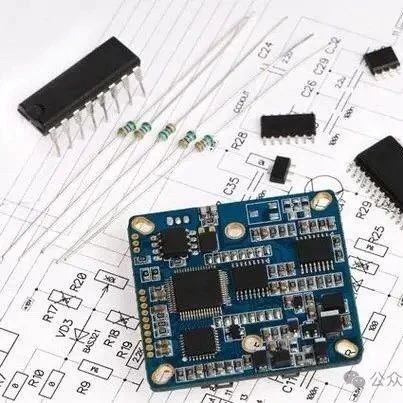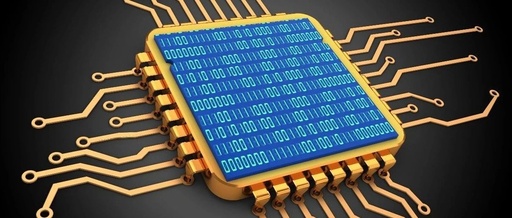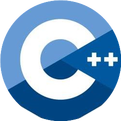Comprehensive Guide to C Language Unions: Differences Between Unions and Structures
Comprehensive Guide to C Language Unions: Differences Between Unions and Structures In the C language, a union and a structure are two important data types used to store different types of data. This article will detail their basic concepts, usage, and explain the differences between them. 1. Structure (Struct) 1. What is a Structure? A … Read more









